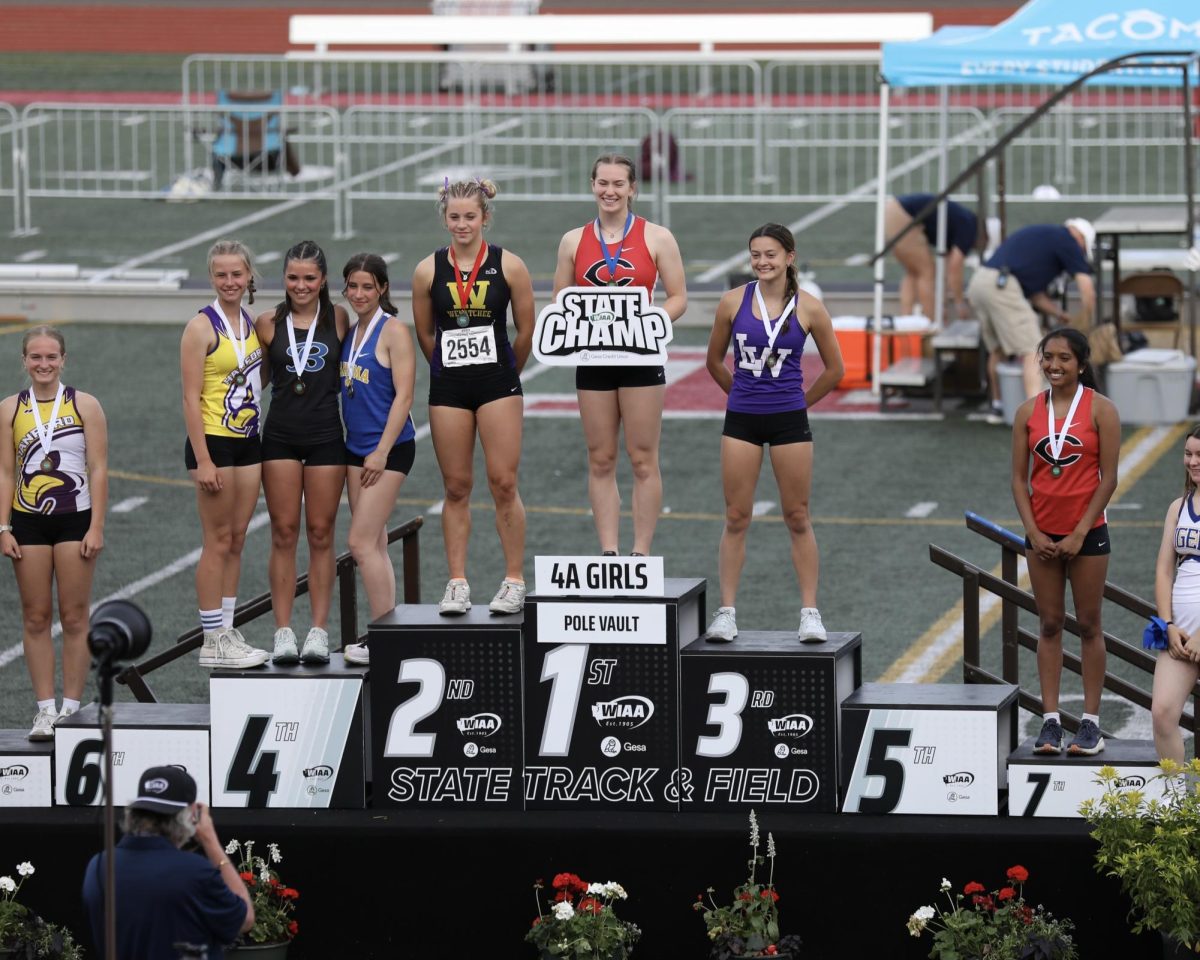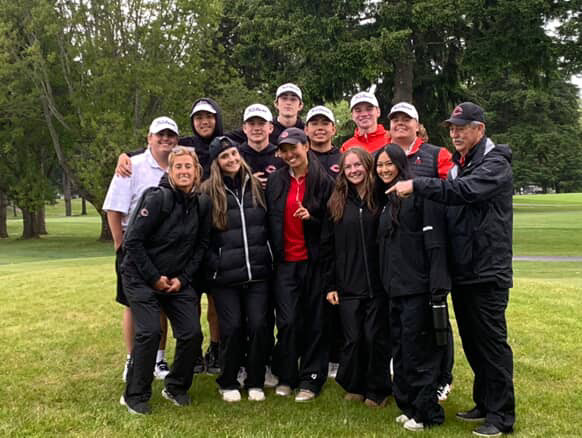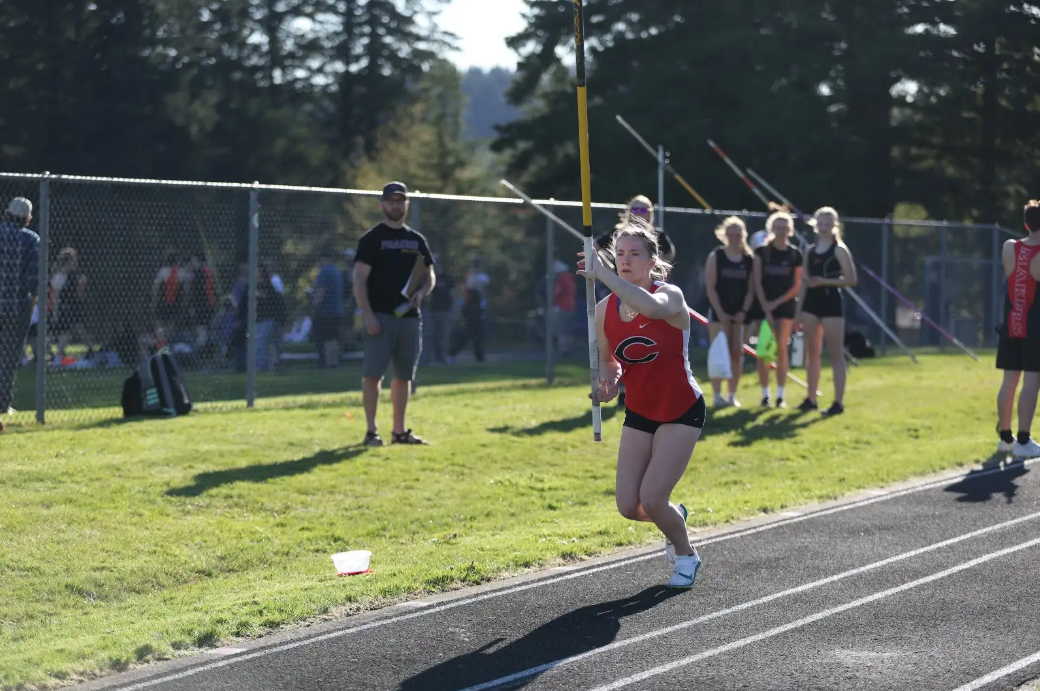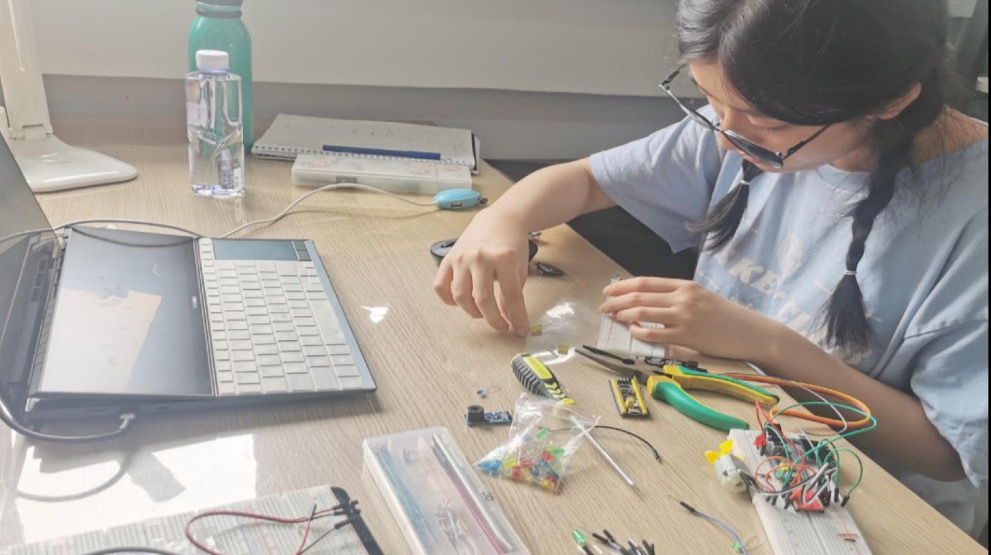Not too many people are in love with remote learning, but nevertheless, teachers are attempting to connect to their students through the screen as the entire world goes through this pandemic together. This new Camasonian series aims to get-to-know more about teachers’ approaches to remote learning and how they are getting to know their students in a digital world.
First up: Mr. Joe Farland, freshman and junior English teacher!
How do you prepare before each Zoom class?
“I sit in my grandpa’s chair, and I’m thinking about the next morning, what do I have to do? Usually in this setting, what I have to do is prepare for two days, I have to have an assignment and a plan mapped out for the Zoom meeting.”

How would you describe how you go about teaching via Zoom?
“I try to find things that are hopefully going to be less of me just talking at the computer screen. Things that give the students an opportunity to talk to each other.”
What do you do to get students more engaged in the “classroom”?
“I try to encourage students to use the chat, and then I call on people and have them speak up, but that’s tricky sometimes. I set aside things that are interesting or things that the kids should be interested in, I try my best to show a little personality, maybe even a little humor if possible.”
How have your Zoom class experiences been for you so far?
“The first word that comes to mind and I hate saying this, but frustrating. I often finish the Zoom session and I’m kind of relieved that it’s over, but then I’m frustrated because I feel like we could’ve done that better. There are some moments where I receive feedback and I feel good, but it’s tough to balance that feeling of frustration and success at the same time.”

Being both a coach and a teacher, what’s one thing you value in both environments?
“It’s really important to me to build a team. In our class we all want to help each other and raise each other up because we all want to do well. Which is true for both environments.”
How has your workload changed during remote learning?
“As far as students’ workload, based on class surveys, the large majority of my students are comfortable with the workload for our English classes, saying it’s about what they would expect. I’m typically asking students to spend about 3-4 hours weekly engaged in our class, not counting our Zoom sessions. It’s probably a little less in total hours of work than if we were in the classroom together five times a week and then completing our readings and homework on top of that. I think it seems like more to some students because all work feels like homework at this point. Some students may not be remembering how much work they actually accomplish in the classroom with the teacher and their classmates.”

How has remote learning changed this fall compared to last spring?
“I would say we’re overall giving out a better product. Sure, it’s hard I don’t know all of my students and I don’t even get to see half of them but the work effort has been better compared to last spring when this all started.”
What have you done to make a better connection with your students via Zoom?
“I’m just trying to find ways to relate to people, trying to be personable, approachable. I try to be open, I want people chatting. Not everything has to be academic, throwing in some laughs here and there can certainly improve the experience.”
*Shaelynn chose to interview Mr. Farland because of the effort he puts in to make the Zoom experience. It feels as though his students are in the classroom. He includes the students in the conversation and leads the class with joy.


































